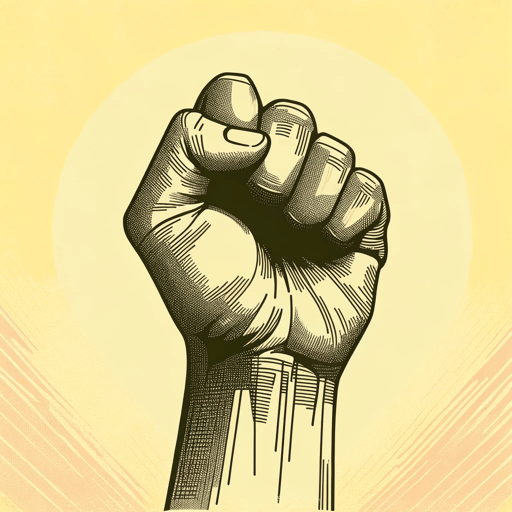107 pages • 3 hours read
Nelson MandelaLong Walk to Freedom
Nonfiction | Autobiography / Memoir | Adult | Published in 1994A modern alternative to SparkNotes and CliffsNotes, SuperSummary offers high-quality Study Guides with detailed chapter summaries and analysis of major themes, characters, and more. For select classroom titles, we also provide Teaching Guides with discussion and quiz questions to prompt student engagement.
Summary and Study Guide
Overview
Long Walk to Freedom: The Autobiography of Nelson Mandela tells the life story of South Africa’s first post-apartheid president. Mandela rose to the leadership of the antiapartheid struggle to become one of the 20th century’s most iconic world leaders. He began writing the book in prison in 1975, and it was published in 2004.
Mandela was born in rural South African in 1918. As a child, he was destined to become a royal advisor, but the allure of the big city, Johannesburg, drew him to a life of political activism. In Johannesburg, Mandela trained to be a lawyer. His experience with apartheid, the collection of racist laws by which South Africa’s white minority dominated its black majority, led him to join the African National Congress, the leading organization opposing apartheid.
Mandela’s prominent role in resisting apartheid brought the full force of the government down upon him, and he was tried for treason. He and his codefendants were acquitted in 1961, but the trial and subsequent crackdowns convinced Mandela that apartheid could not be defeated solely through nonviolent means. He helped establish the Umkhonto we Sizwe (MK), a paramilitary force dedicated to overthrowing the apartheid regime. Under his leadership, the MK commenced a campaign of sabotage while Mandela traveled abroad to seek funding and training from other African leaders.
Mandela was eventually captured and put on trial with other members of the MK in 1963. This time, he was convicted and sentenced to life in prison. Even from prison, Mandela remained a leader of the antiapartheid struggle and within a few years managed to establish secret contact with the exiled ANC leadership. Together, they garnered international support and planned acts of sabotage.
Over the course of his imprisonment, Mandela became an iconic figure to anti-colonial struggles around the world, and demands for his release grew. Beginning in the 60s and culminating in the late 80s, South Africa was hit by a series of crippling economic sanctions. Concurrently, a rising generation of young resistors made much of the country ungovernable. In the mid-80s, when Mandela was jailed separately from his compatriots, he secretly reached out to the apartheid government in the hopes of bringing them to the bargaining table. He spent several years slowly convincing government leaders to negotiate with the ANC to end the conflict and write a new constitution giving equal rights to all South Africans. Facing an imminent economic collapse due to sanctions and unable to abate the rioting in the townships, the South African government released Mandela in 1990.
Despite his freedom, Mandela knew that only sustained pressure on the government would lead to terms acceptable to the ANC. In fits and starts, negotiations between the ANC and the South African government took place from 1992 to 1993. During this period of negotiation, South Africa was wracked with political uncertainty that erupted into sporadic violence. Inter-ethnic rivalries between the country’s various African peoples were secretly inflamed by government security forces and African leaders seeking to maintain their own privileged position. Several times, all seemed lost as talks were suspended and the country teetered on the edge of civil war. Mandela played a critical role in repeatedly calming tensions between white people and Africans, as well as between Africans of different tribal backgrounds.
At last, a transitional government was selected, and the first free elections in South Africa were held from April 26-29, 1994.The ANC was elected in a landslide, with Mandela as their leader.
Mandela’s autobiography ends just before he entered the office of president. He writes that the end of apartheid was not the end of hate or division in South Africa because even though it was a long walk to freedom for him and his people, national reconciliation was still lacking.
Related Titles
By Nelson Mandela



